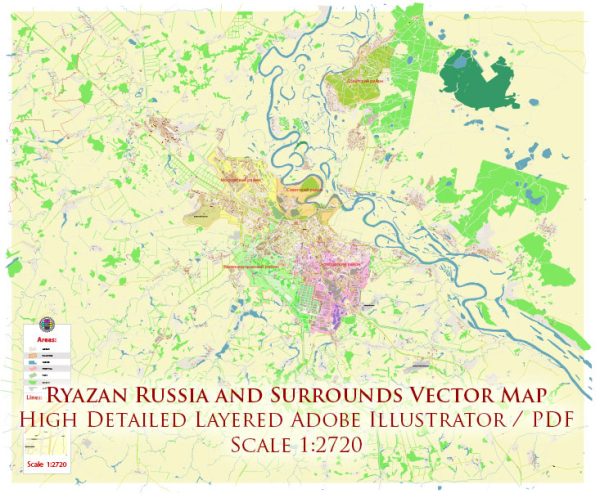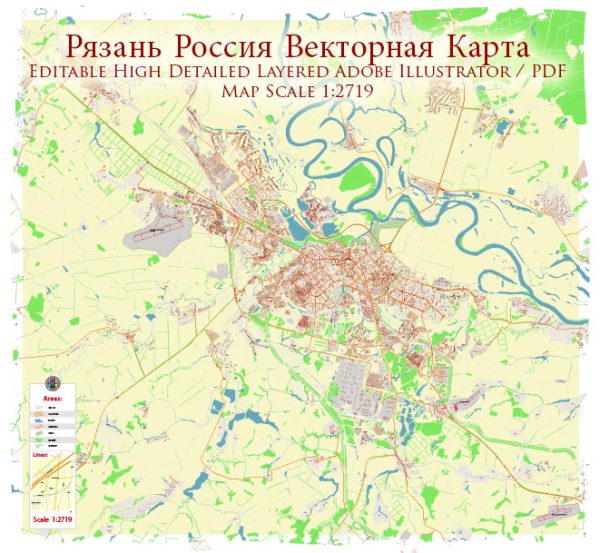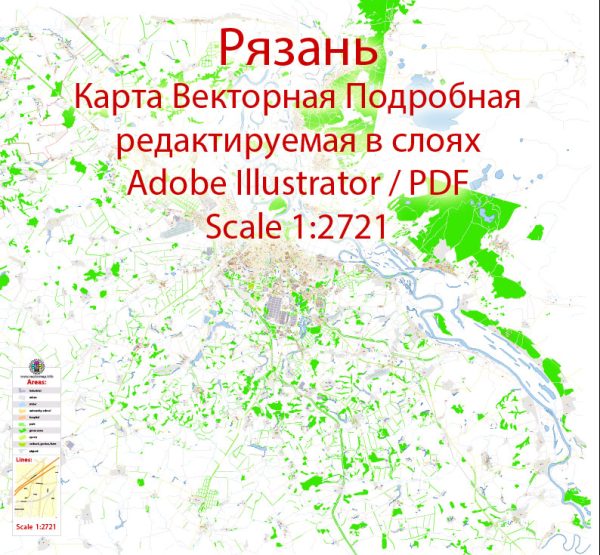Ryazan, one of the oldest cities in Russia, has a rich history that spans over a thousand years. Here’s a brief overview of the history of urban development in Ryazan:
- Early History:
- Ryazan was first mentioned in historical records in 1095, but it is believed to have been founded even earlier, possibly in the late 9th century.
- The city’s strategic location on the Oka River contributed to its development as a trade and cultural center.
- Mongol Invasion:
- In the 13th century, Ryazan faced the Mongol invasion. The city was severely affected, and the Mongols ruled over the region for several centuries. This period had a lasting impact on the city’s development.
- Grand Duchy of Moscow:
- Ryazan became part of the Grand Duchy of Moscow in the 15th century after the defeat of the Mongols. The city played a role in the political and economic life of the growing Russian state.
- Cultural and Religious Center:
- The city developed as a cultural and religious center with the construction of churches and monasteries. The Ryazan Kremlin, a fortress that housed the city’s administrative and religious buildings, became a symbol of the city’s importance.
- 17th-18th Centuries:
- During the Time of Troubles in the early 17th century, Ryazan faced political and social unrest. The city suffered from raids and military conflicts.
- In the 18th century, under Peter the Great, Russia underwent significant reforms. Ryazan, like many other cities, experienced changes in its administrative and economic structure.
- 19th Century:
- The 19th century saw further industrialization and modernization. The city expanded, and new industries contributed to its economic growth.
- Soviet Period:
- Ryazan went through substantial changes during the Soviet era. Industrialization intensified, and the city became an important center for military production.
- The historic center of Ryazan was preserved, but there were also instances of architectural changes to accommodate the needs of the time.
- Post-Soviet Era:
- With the dissolution of the Soviet Union in 1991, Ryazan, like many other Russian cities, faced economic challenges and transformations. The city adapted to the new political and economic landscape.
- Modern Times:
- In recent years, Ryazan has continued to evolve as a regional center with a mix of historical and modern developments. The city has focused on preserving its cultural heritage while also embracing contemporary trends.
Throughout its history, Ryazan has endured challenges and changes, yet it remains a city with a rich cultural and historical legacy, evident in its architecture, museums, and religious sites. The interplay of tradition and modernity characterizes the urban development of Ryazan.




 Author: Kirill Shrayber, Ph.D.
Author: Kirill Shrayber, Ph.D.